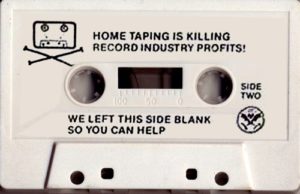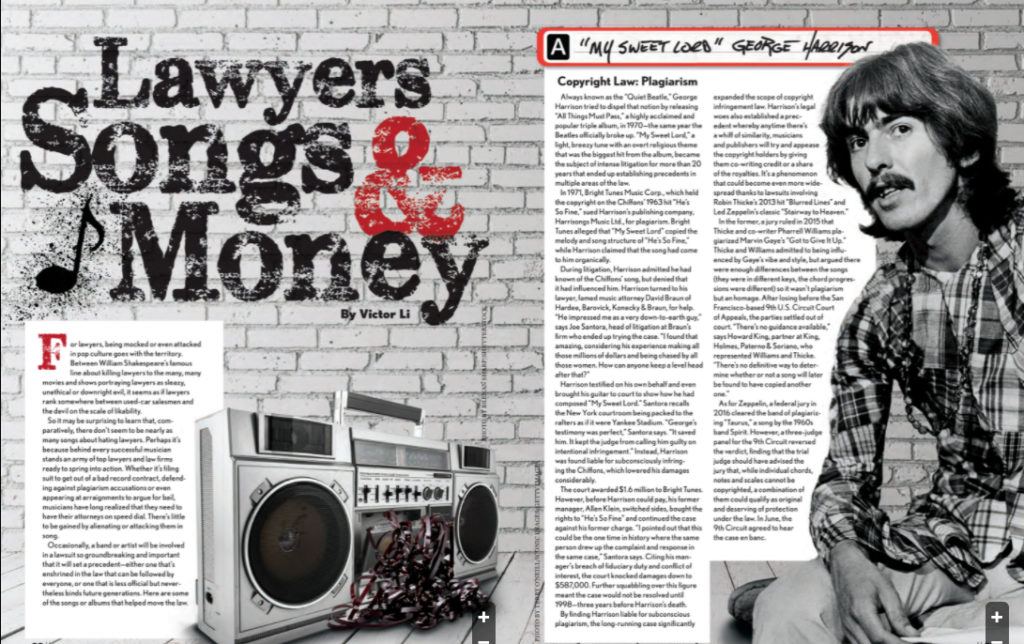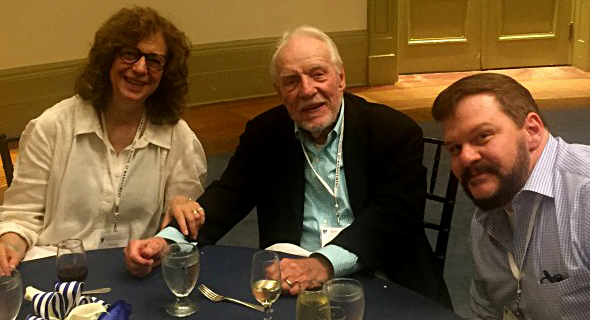
By now, several of my fellow journalists have no doubt seen the headlines in the New York Times, Washington Post or People magazine about the passing of legendary editor and journalist, Richard B. Stolley just a few weeks ago. As each article attests, he was a great man and great orator, with an even greater legacy in journalism. Among his many accolades from his magazine days at Time, Life and the founding editor of People was, of course, his famous acquisition of the Abraham Zapruder film of the John F. Kennedy assassination for Life magazine.
 While attending the Yale School of Management executive education course on digital media and magazine publishing, I had the good fortune to meet and befriend Dick Stolley. Our Yale experience started with Dick giving an inspired speech about the importance of journalism and its future. When he included his take on the fate of our nation, I remember being impressed by how fair and balanced his own reporting was. Without mincing words or dodging issues, he found the good as well as the bad on both sides. Later, he would overhear me in the hall wondering if we’d have orators as good as the day before. In a booming voice, he said, “Gentlemen, I assure you, you’re going to be blown away by the speakers we have for you today.” A little stunned from unknowingly being overheard, I responded by saying, “I’m not sure they could top your opening speech, Dick. I came away from that truly inspired.” I didn’t get the impression much could rattle him, but he seemed genuinely pleased by the compliment.
While attending the Yale School of Management executive education course on digital media and magazine publishing, I had the good fortune to meet and befriend Dick Stolley. Our Yale experience started with Dick giving an inspired speech about the importance of journalism and its future. When he included his take on the fate of our nation, I remember being impressed by how fair and balanced his own reporting was. Without mincing words or dodging issues, he found the good as well as the bad on both sides. Later, he would overhear me in the hall wondering if we’d have orators as good as the day before. In a booming voice, he said, “Gentlemen, I assure you, you’re going to be blown away by the speakers we have for you today.” A little stunned from unknowingly being overheard, I responded by saying, “I’m not sure they could top your opening speech, Dick. I came away from that truly inspired.” I didn’t get the impression much could rattle him, but he seemed genuinely pleased by the compliment.
One sunny morning, I was fortunate to have an even more enviable opportunity to chat with him over breakfast, both of us gazing at a glorious view of New Haven Harbor. It was a lengthy, one-on-one conversation regarding the history and future of media. I was grateful to discover his optimism.
He was also the keynote on our last night together at the Yale School of Management campus. He sat onstage and introduced the documentary film, “Zapruder and Stolley: Witness to an Assassination” which we then watched. When the short film faded to black, we were left just hearing the projector running. I don’t mind telling you, I had chills. Afterwards, he came onstage again to take any questions. The entire class was speechless.
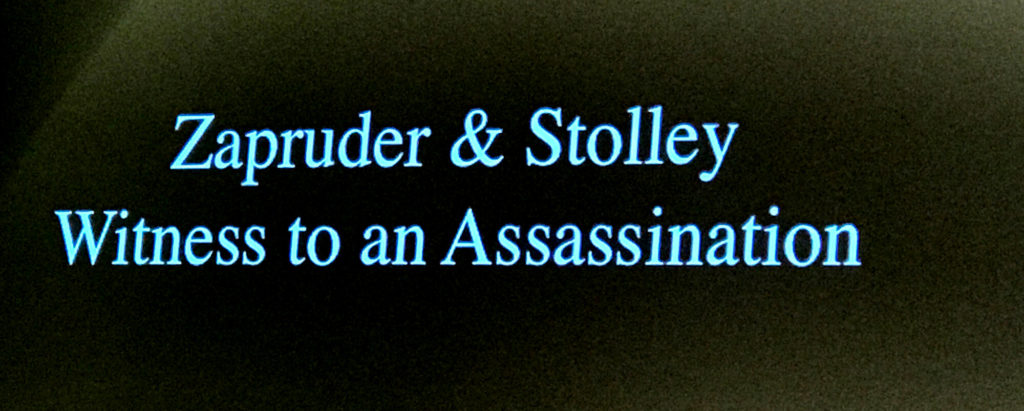
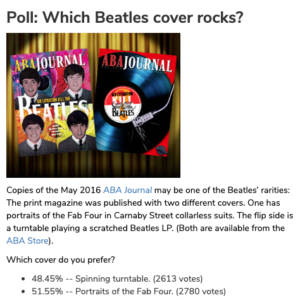
Later that evening, we all had dinner in a formal banquet hall, and I was fortunate enough to sit right beside Dick (see the lead photo). He had a piercing gaze, and it took a little courage to make small talk with him. Once I did, I found he was quite receptive. We bonded over both of us owning a classic Mustang. His was a silver fastback with red interior. Eventually, I showed him one of our more popular covers for the ABA Journal, entitled “Did Litigation Kill the Beatles?” We had printed two versions of the cover. I showed him the conceptual one our staff liked departmentally, which he said was good. Then, I showed him the other cover with all four Beatles faces proudly on display. He looked at it and smiled widely. “That one! That’s the one,” he said emphatically, pointing to it while still wearing a grin. It turns out he was more than right. We later asked our readers to vote for their favorite cover, and, at that point they overwhelmingly chose the same cover as he by 75%. As the voting continued, the margins narrowed, but the Fab Four cover ultimately eked out a slim victory. He really had the magic touch in knowing what would relate to readers.
We stayed in touch in the years since our time together. He was an active member of our Yale alumni group, which I co-manage. I also messaged him directly when I would run across journalists and photographers from Time or Life who knew him. Each spoke very fondly of him and with the utmost respect. He always responded with a great story about each person and asked to pass on his best wishes.
As his obituary in the Washington Post article asserts, Dick Stolley was most assuredly the consummate gentleman. To fellow Yale alumni he was also a mentor, friend and an active member of our Yale alumni group, who, if solicited, readily offered advice and a friendly hello. His legacy is a shining testament to a bygone era of journalism and he will be sorely missed.
Zapruder and Stolley: Witness to an Assassination from Roger Sherman, Florentine Films on Vimeo.
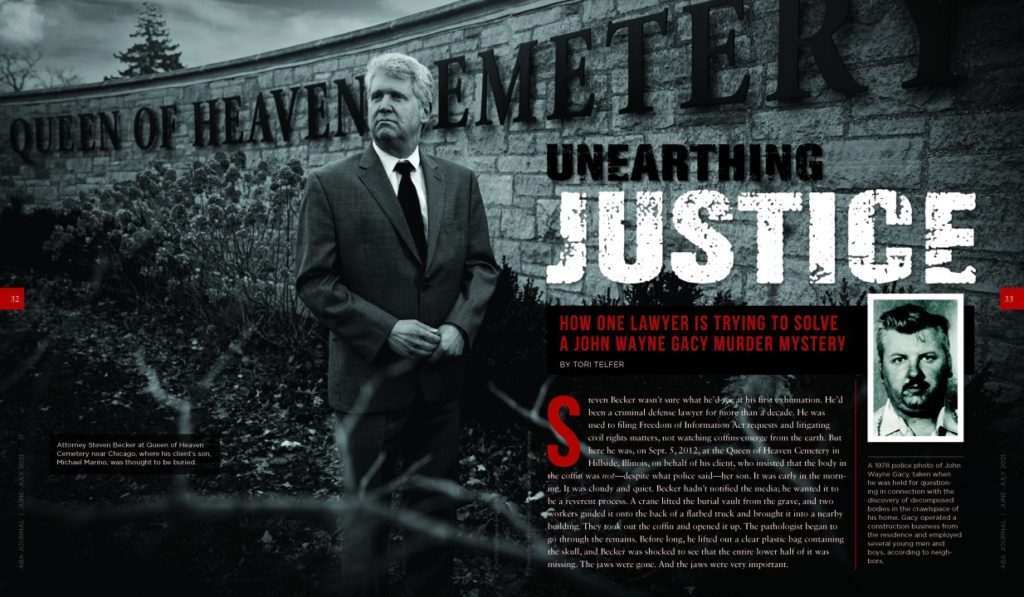
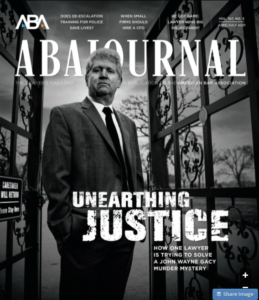
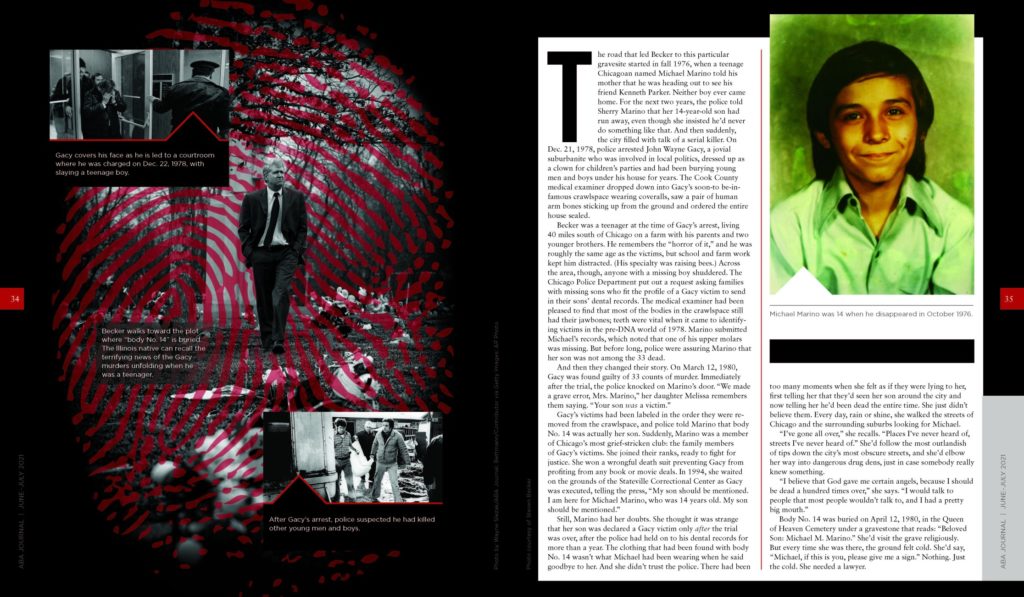

 The ABA Journal’s far-reaching journalistic coverage means we often have to assign photography in remote places. When we’ve needed shots of legal coverage in the Mississippi Delta, author Julian Rankin has been our go-to guy. Often times, our photographers and illustrators lead interesting lives, and when they’ve shown to produce or experience something remarkable, the Journal occasionally shines the spotlight back on them.
The ABA Journal’s far-reaching journalistic coverage means we often have to assign photography in remote places. When we’ve needed shots of legal coverage in the Mississippi Delta, author Julian Rankin has been our go-to guy. Often times, our photographers and illustrators lead interesting lives, and when they’ve shown to produce or experience something remarkable, the Journal occasionally shines the spotlight back on them. 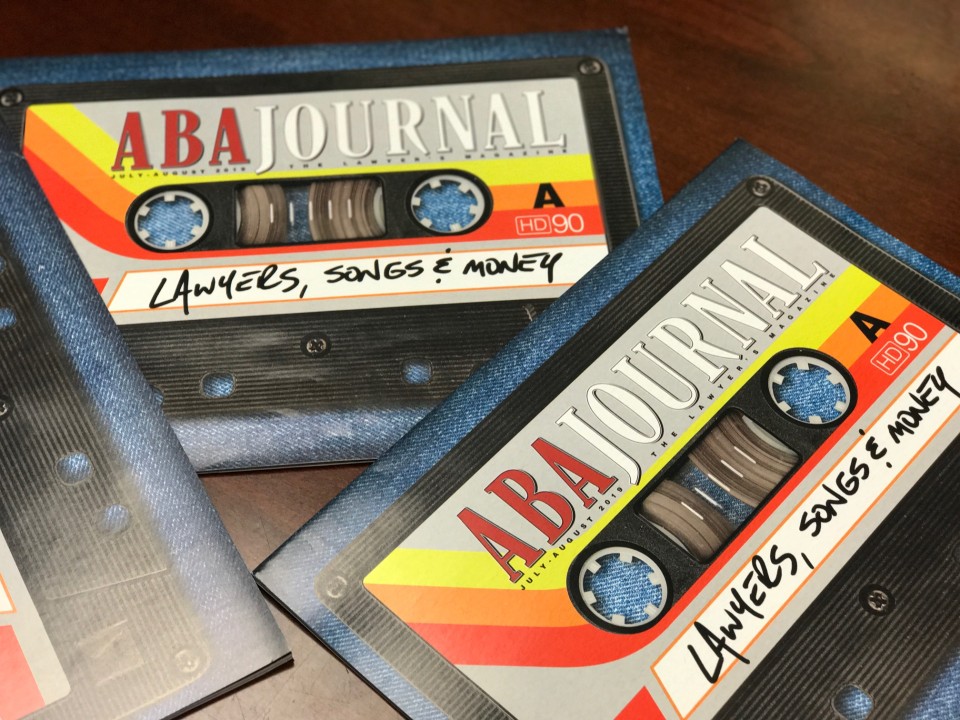
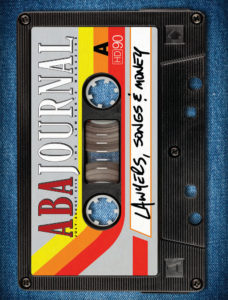 The title is, of course, a riff off of the Warren Zevon song, “Lawyers, Guns and Money,” and there were several different ways I could have chosen to design a cover with such a title. I went down a few rabbit holes creatively before circling back to my initial idea of the entire cover and Journal logo as one giant cassette.
The title is, of course, a riff off of the Warren Zevon song, “Lawyers, Guns and Money,” and there were several different ways I could have chosen to design a cover with such a title. I went down a few rabbit holes creatively before circling back to my initial idea of the entire cover and Journal logo as one giant cassette.
